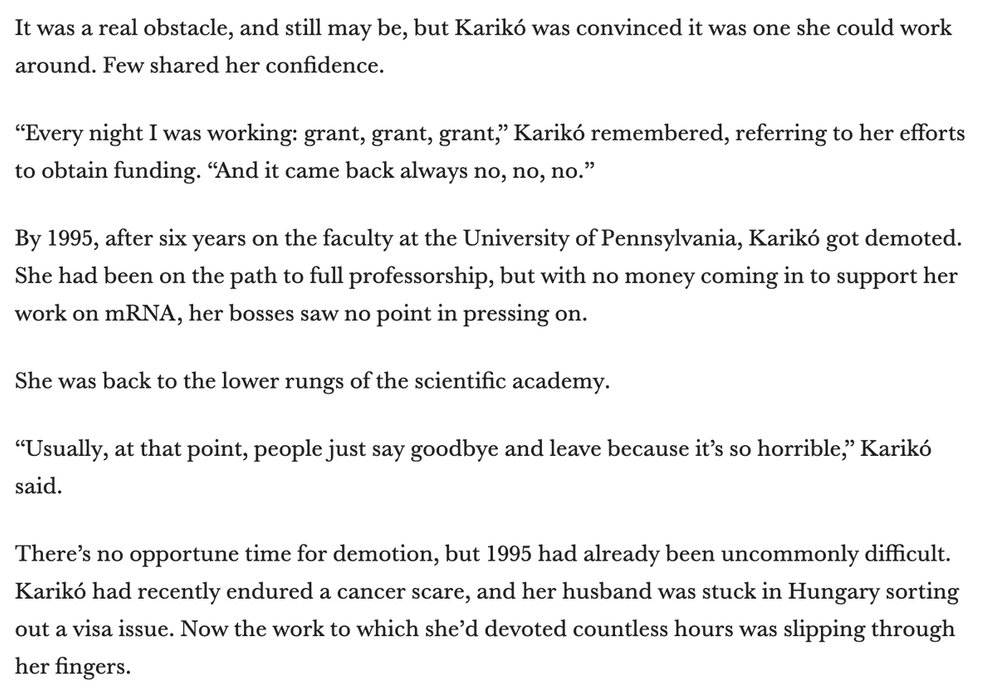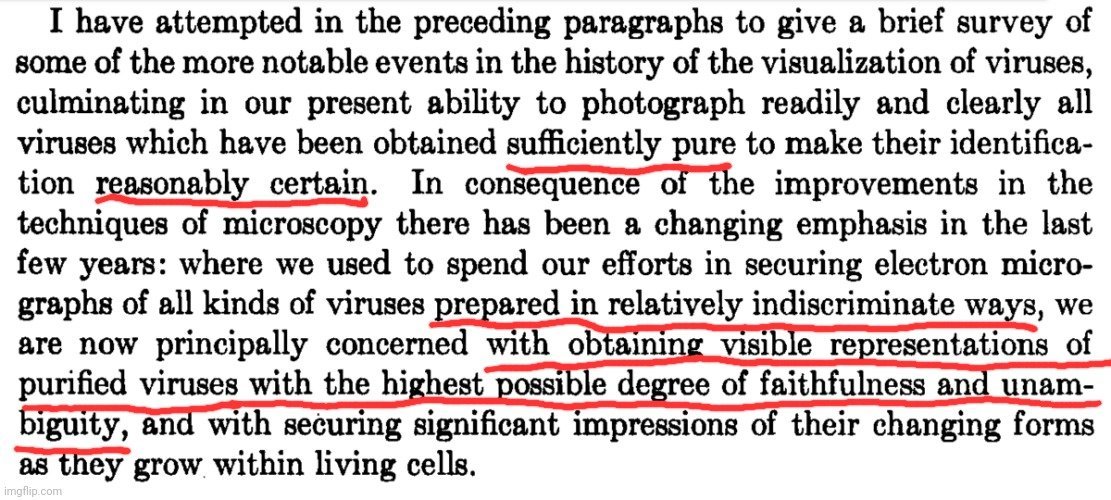Sublime
An inspiration engine for ideas
Type “NCBI blast” into your internet search engine, choose the top hit, choose Nucleotide BLAST or blastn, copy one or both of the entire gene sequences above, paste them under Enter Query Sequence, and press the button that says BLAST, which stands
Karen G. Lloyd • Intraterrestrials: Discovering the Strangest Life on Earth
In Orthopathy, Herbert Shelton provides some examples, one of which is from an article published in the journal The Lancet in 1898, which states that, “Dr Beddow Bayly says that the diphtheria bacillus is missing in 14 per cent of cases of clinical diphtheria.” Herbert Shelton cites a further example in which it had been found that 50 per cent of
... See moreDawn Lester • What Really Makes You Ill?: Why Everything You Thought You Knew About Disease Is Wrong
This, after all, is the scientist’s calling: to imagine or to do what no one has done before.
Giorgio Parisi • In a Flight of Starlings: The Wonders of Complex Systems
The confirmation of others: a sickness the entire race will die of.
Richard Powers • The Overstory: A Novel

Jansen formalized the decision in a paper he published in April 2002, which reported his discovery of genes that seemed to be associated with CRISPRs. In most organisms that had CRISPRs, the repeated sequences were flanked by one of these genes, which encoded directions for making an enzyme. He named these “CRISPR-associated,” or Cas, enzymes.
Walter Isaacson • The Code Breaker

As scientific knowledge and technology advanced in the late nineteenth and early twentieth centuries, what it meant to be a doctor changed. Michel Foucault’s insight about this change is well summarized by psychiatrist and medical historian Abraham Nussbaum: Foucault described the moment when physicians combined dissection with clinical practice as
... See more